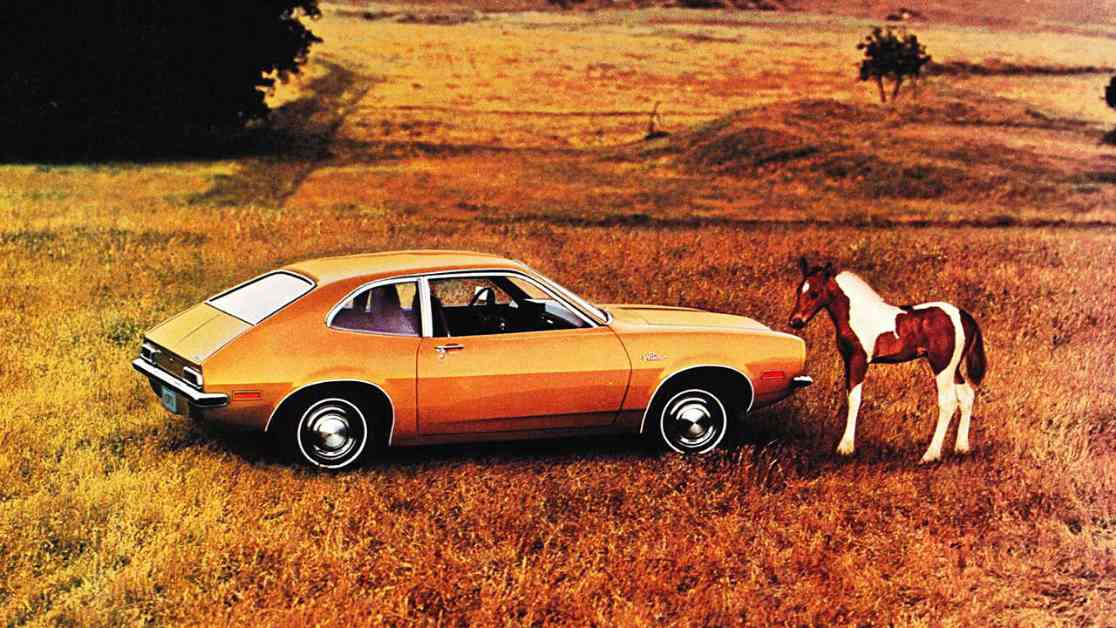Avoid These Common Mistakes When Naming a New Car
Bestowing a name on a car, as on a child, is not to be taken lightly. From the infamous X Æ A-XII chosen by Elon Musk for his son to Tesla’s S, 3, X, and Y model names, some naming choices have garnered more confusion than admiration. In the world of automobiles, a name can make or break a vehicle’s success, influencing consumer perception and brand image. Let’s delve into the common pitfalls to avoid when naming a new car.
The Power of a Name: Impact on Brand Identity and Perception
The name of a car is more than just a label—it is a reflection of the brand’s identity and values. A well-chosen name can evoke emotions, create a sense of luxury or performance, and establish a connection with consumers. For example, names like Mustang, Corvette, or Range Rover immediately bring to mind images of power, speed, and prestige. On the other hand, a poorly chosen name can confuse or alienate potential buyers, leading to a negative perception of the vehicle before they even see it in person.
One of the most common mistakes when naming a new car is opting for alphanumeric codes or random combinations of letters and numbers. While this approach may seem modern or futuristic, it often lacks personality and fails to resonate with consumers. Names like A4, Q50, or 3 Series can be confusing and forgettable, making it challenging for customers to differentiate between models and form an emotional connection with the brand.
Finding the Right Balance: Uniqueness vs. Accessibility
When naming a new car, striking the right balance between uniqueness and accessibility is crucial. A name that is too generic or overused may get lost in a sea of competitors, failing to stand out or capture attention. On the other hand, a name that is too unconventional or difficult to pronounce can create barriers to entry and deter potential buyers.
It is essential to consider the target market, cultural connotations, and linguistic implications when selecting a name for a new car. Conducting thorough research, focus groups, and market testing can help identify potential issues or misunderstandings before the name is officially launched. By involving stakeholders, designers, and marketing experts in the naming process, car manufacturers can ensure that the chosen name resonates with the intended audience and aligns with the brand’s positioning.
In conclusion, naming a new car is a delicate art that requires creativity, strategy, and foresight. By avoiding common mistakes like generic alphanumeric codes or overly complex names, car manufacturers can create a strong brand identity, foster consumer loyalty, and set their vehicles up for success in the competitive automotive market. Remember, a name is not just a word—it is a promise, a statement, and a lasting impression that can shape the future of a car and its brand.



















